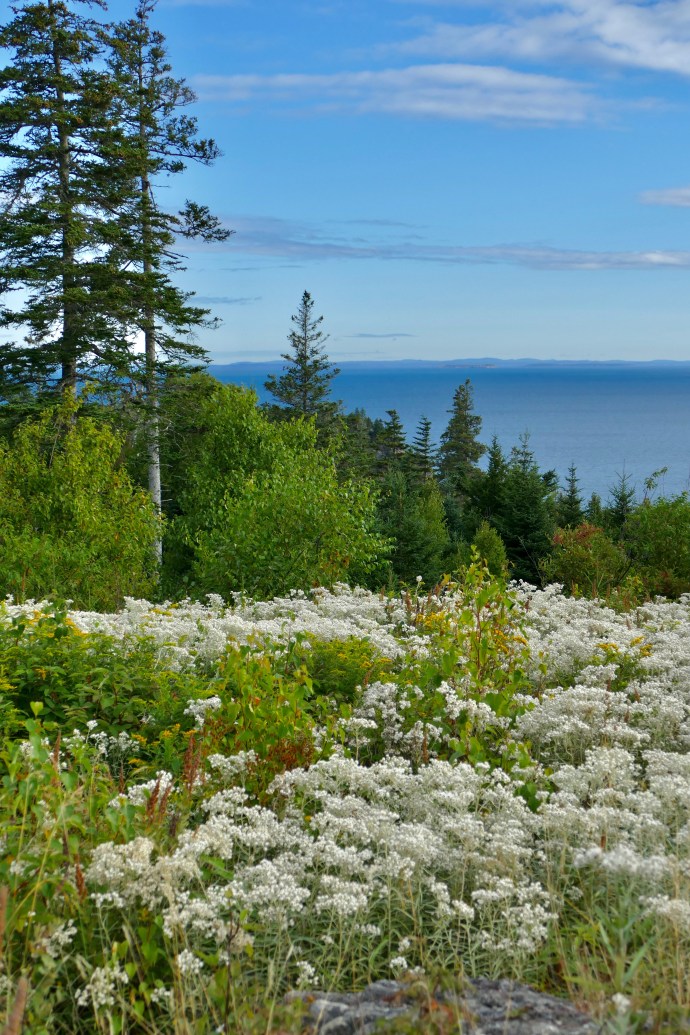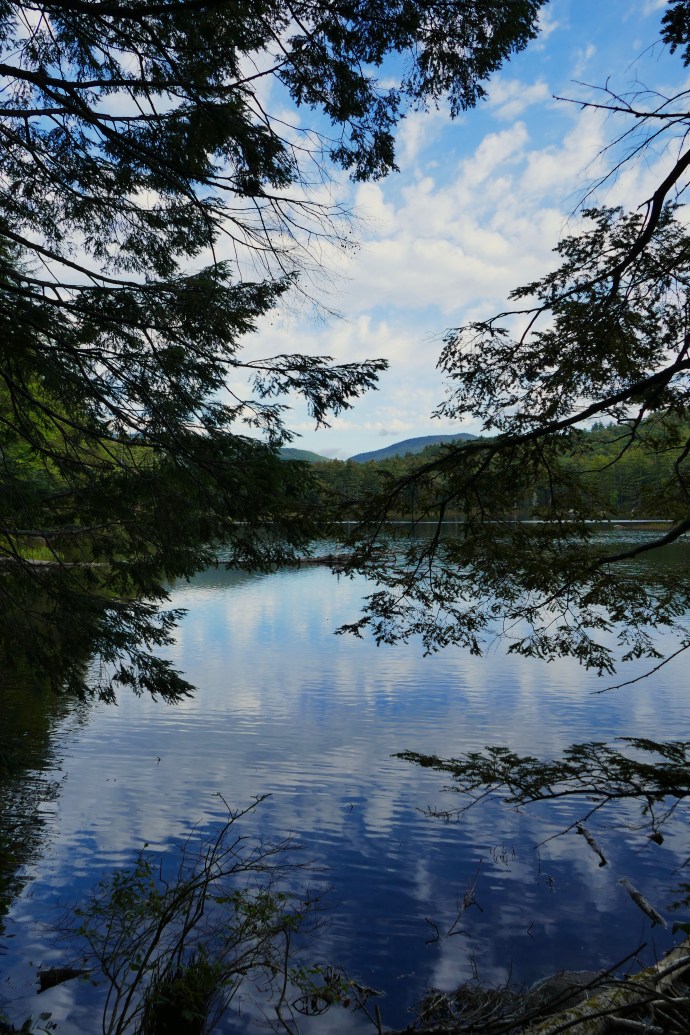
in Thoreau’s Journal:
Juniper repens berries are quite green yet. I see some of last year’s dark purple ones at the base of the branchlets. There is a very large specimen on the side of Fair Haven Hill, above Cardinal shore. It is very handsome this bright afternoon, especially if you stand on the lower and sunny side, on account of the various ways in which its surging flakes and leaflets, green or silvery, reflect the light.

It is as if we were giants and looked down on an evergreen forest from whose flaky surface the light is variously reflected. Though so low, it is so dense and rigid that neither men nor cows think of wading through it. We got a bird’s-eye view of this evergreen forest, as of a hawk sailing over, looking into its inapproachable clefs and recesses, reflecting a green or else a cheerful silvery light.


































You must be logged in to post a comment.